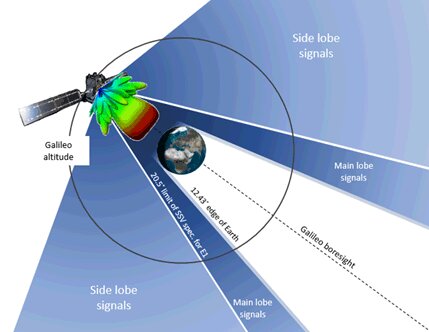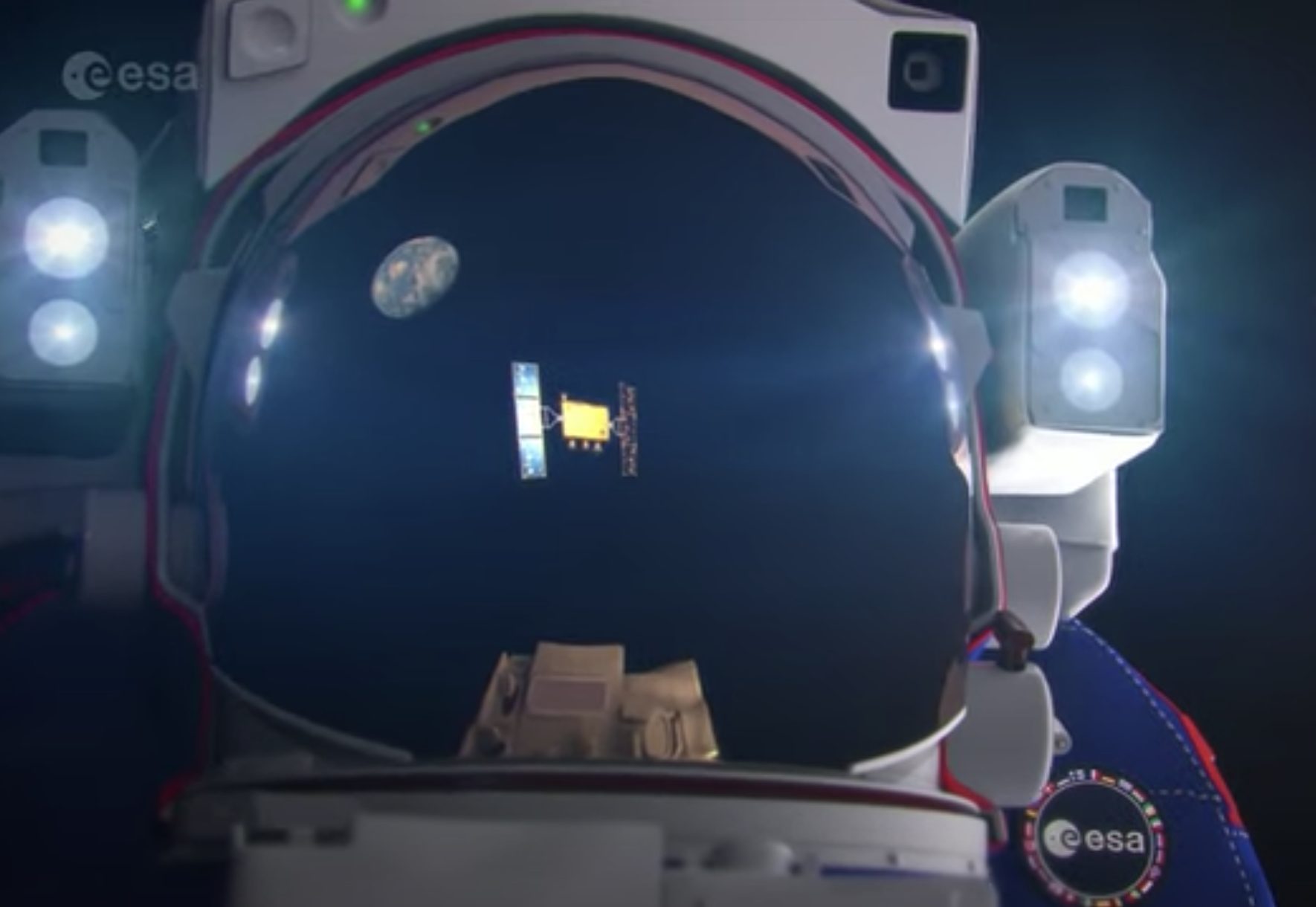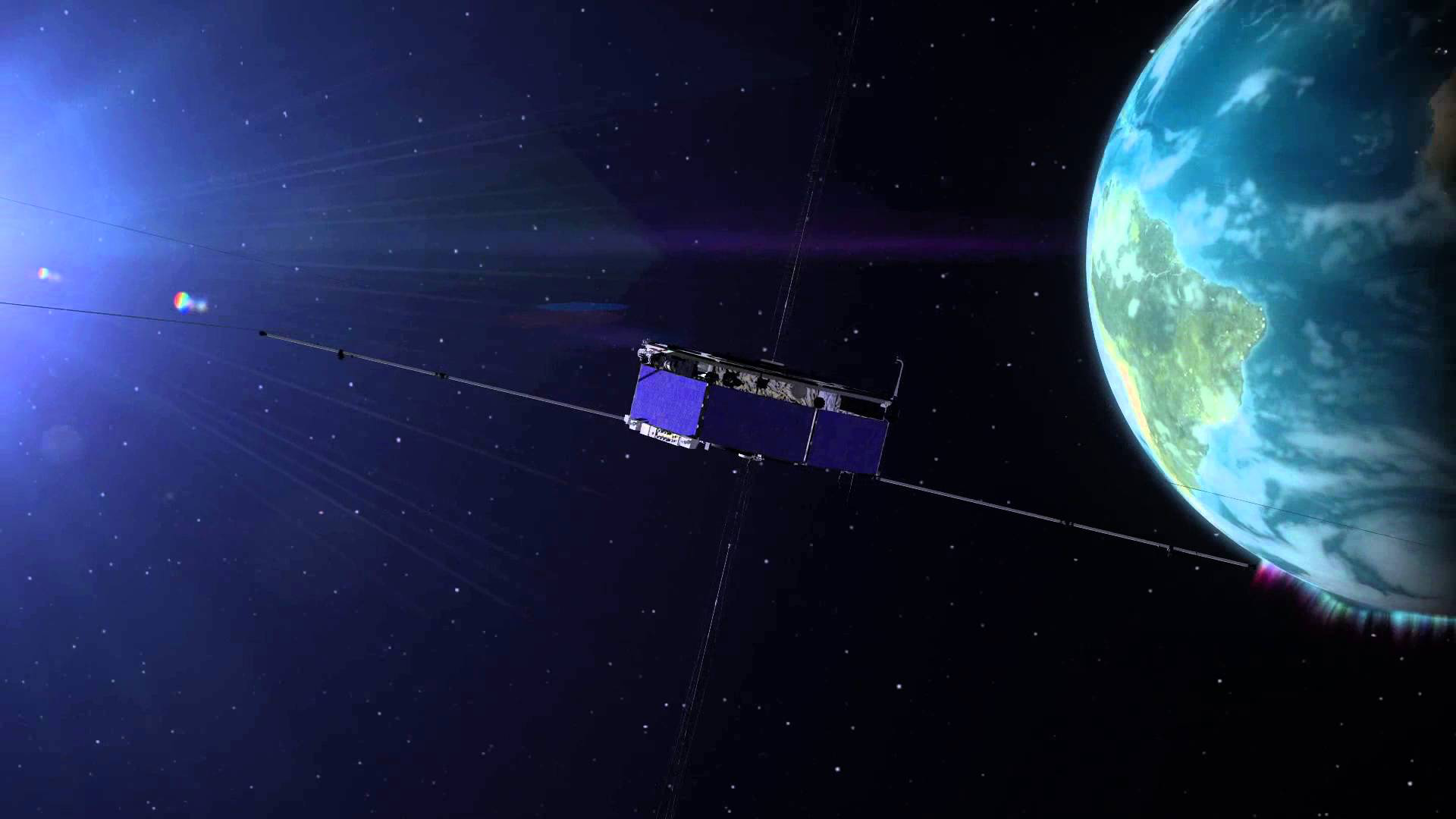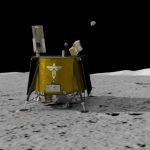An experimental European Space Agency (ESA) moon-bound payload will carry an advanced GNSS receiver to perform what may be the first satnav positioning fix in lunar orbit. ESA’s Lunar Pathfinder mission, a public-private partnership due to launch by the end of 2023, will take an early step in an ESA plan to expand reliable satnav coverage and communication links to explorers around, and ultimately upon the surface of, the moon during this decade.
An overview of previous, current and future PNT projects concerning the moon was given in two recent Inside GNSS Working Papers columns, Across the Lunar Landscape – Exploration with GNSS Technology (Sept/Oct 2020) and Across the Lunar Landscape: Towards a Dedicated Lunar PNT System (Nov/Dec 2020). More recently, a news story chronicled a joint initiative by NASA and the Italian Space Agency: Lunar GNSS Receiver Experiment (LUGRE) to Deliver First GNSS Fix from the Moon in 2023. NASA selected Spirent Federal Systems to test the GNSS receivers intended for deployment in the upcoming lunar exploration. Finally, the Institute of Navigation recognized a team of NASA engineers with the Samuel M. Burka award, for a conference paper on NASA’s GPS Antenna Characterization Experiment (GPS ACE).
Clearly, a second race to the moon is on.
Side Lobe Signals Currently Obtainable

GNSS constellations already deliver usable signals as far away as the moon, even though they were not purposed to do so. Most of the energy of their navigation antennas radiates directly towards Earth, which blocks its use further away in space. However, explains Javier Ventura-Traveset, ESA GNSS Senior Advisor, “navigation signal patterns also radiate sideways, like light from a flashlight, and past testing shows these antenna side lobes can be employed for positioning, provided adequate receivers are implemented.”
In 2019, NASA’s Magnetospheric Multiscale Mission acquired GPS signals to perform a fix and determine its orbit from 187,166 km away, nearly halfway to the moon. “The receiver we will embark on Lunar Pathfinder will have a significantly improved sensitivity, employ both Galileo and GPS signals and will also feature a high-gain satnav antenna,” adds Ventura-Traveset. The high sensitivity receiver’s main antenna was developed through ESA’s General Support Technology Programme, with the receiver’s main unit developed through ESA’s Navigation Innovation and Support Programme (NAVISP).
The receiver project is led by navigation engineer Pietro Giordano: “The high sensitivity receiver will be able to detect very faint signals, millions of times weaker than the ones received on Earth. The use of advanced on-board orbital filters will allow to achieve unprecedented orbit determination accuracy on an autonomous basis.” The Lunar Pathfinder receiver is projected to achieve positioning accuracy of around 100 m.
The Challenge of Lunar Orbits

Satnav will enable orbit determination for lunar satellites, notes Werner Enderle, Head of ESA’s Navigation Support Office. “Traditional orbit determination for lunar orbiting satellites is performed by radio ranging, using deep-space ground stations. This Lunar Pathfinder demonstration will change the entire approach. It will not only increase spacecraft autonomy and sharpen the accuracy of results, it will also help to reduce operational costs.”
While lunar orbits are often unstable, with low-orbiting satellites drawn off course by the lumpy mass concentrations, or mascons, making up the moon, Lunar Pathfinder will follow a highly-stable frozen elliptical orbit, focused on the lunar South Pole, a prime target of future expeditions.
The Earth-orbiting GNSS constellations should remain in view of Lunar Pathfinder for the majority of testing. The main challenge will be overcoming the limited geometry of satnav signals all coming from the same part of the sky as viewed from the moon, along with their low signal power.
Lunar Communication and Navigation Service
Lunar Pathfinder’s demonstration that terrestrial satnav signals can be employed to navigate in lunar orbits will be an important early step in ESA’s Moonlight initiative. Supported through three ESA Directorates, Moonlight will go on to establish a Lunar Communication and Navigation Service.
“Moonlight will allow to support missions that cannot use Earth satnav signals, such as landers on the far side and is planning to cover the current gap towards the needs expressed by the Global Exploration community, targeting positioning accuracy below 50 metres,” explains Bernhard Hufenbach, managing commercialization and innovation initiatives for space exploration at ESA.

As well as facilitating lunar exploration, these satnav signals might one day become a tool for science in their own right, used, for example, to perform reflectometry across the lunar surface; sounding the scant dusty exosphere that surrounds the Moon or by providing a common time-reference signal across the Moon, to be used for fundamental physics or astronomy experiments.
Story compiled from information provided by ESA.






